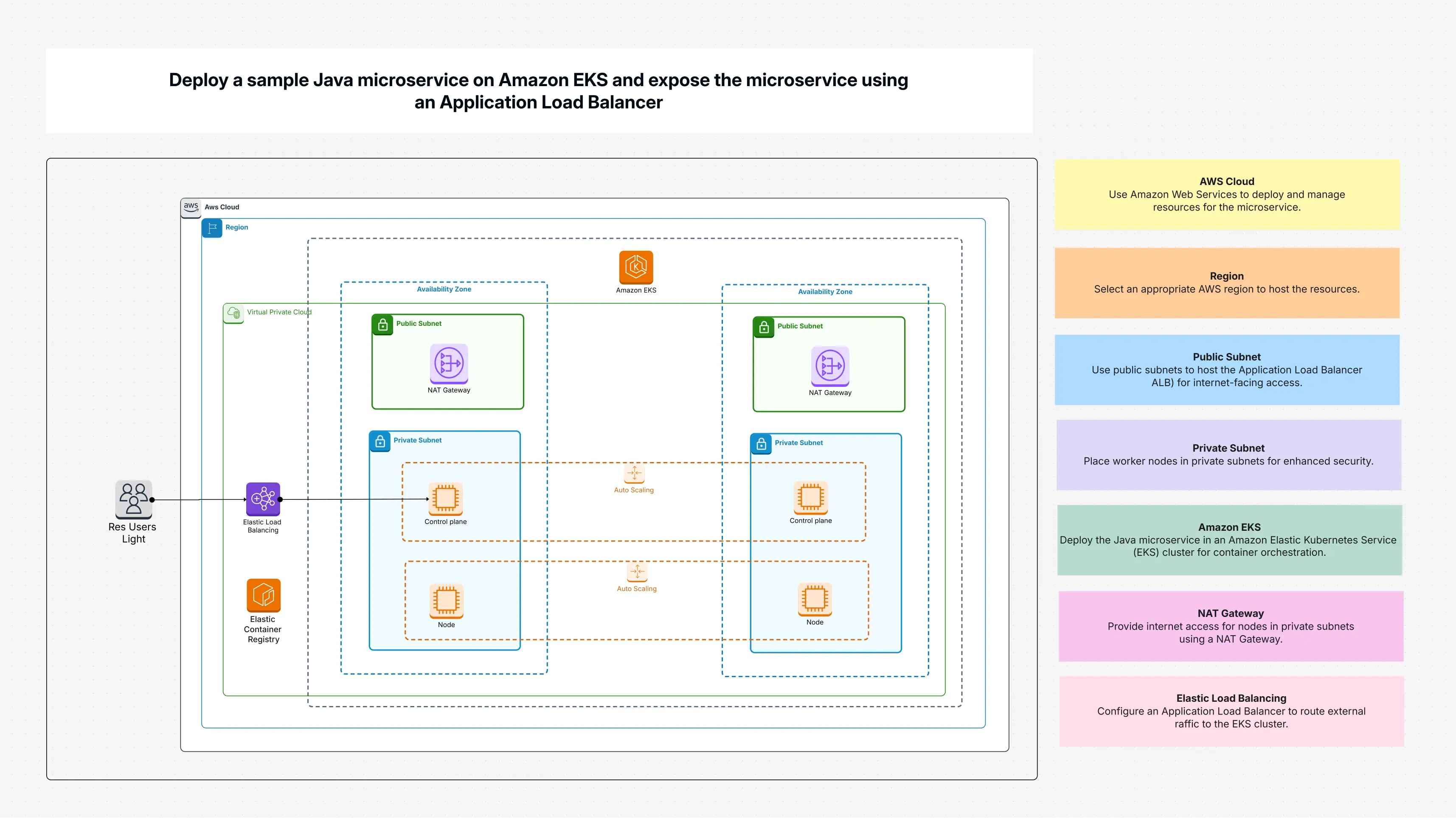Deploy a sample Java microservice on Amazon EKS and expose the microservice using an Application Load Balancer
Cloudairy
Welcome to Cloudairy
Sign in or sign up
Share
Use Template
Copy Link
Twitter
LinkedIn
Facebook




 Manage all your work in one place
Manage all your work in one place